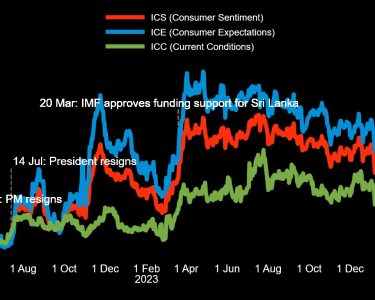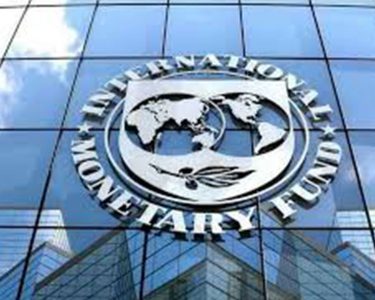Sri Lanka, famed for its dazzling sapphires and skilled craftsmanship, is gearing up for a major facelift in its gem and jewellery sector. The government has pledged its full support, aiming to propel the industry to even greater heights within the next two years.
President Ranil Wickremesinghe, addressing the opening of the “Gem Sri Lanka 2024” exhibition, outlined ambitious plans for modernization and growth. Recognizing the vital role gems play in foreign exchange earnings and national prosperity, he emphasized that a new economic system focused on exports is key.
This ambitious vision goes beyond mere tax concessions. The government aims to transform the industry into a robust powerhouse, contributing significantly to foreign exchange inflows. To achieve this, a two-month-long policy framework is being crafted, marking a crucial step towards the industry’s resurgence.
Sri Lanka’s potential in gems is undeniable. With its stunning sapphires, rubies, and other precious stones, the island nation boasts a timeless legacy. However, in the face of stiff competition and evolving markets, a modernized approach is paramount.
The Chinese market, still in its nascent stages for the gem industry, holds immense potential for Sri Lanka. Capitalizing on re-exports, value addition, and increased foreign exchange inflows through a modernized industry is crucial.
While tax relief has been a long-standing request, the government recognizes that concessions alone are not enough. The focus is on the simultaneous development and strengthening of the industry’s economic foundations, coupled with knowledge enhancement for gem polishers.
The “Gem Sri Lanka 2024” exhibition, showcasing the nation’s exquisite gems and talent, serves as a fitting backdrop for this ambitious transformation. With the government’s commitment and a clear roadmap in place, Sri Lanka’s gem industry is poised to shine even brighter in the years to come.
Dazzling Brilliance Meets Thorny Challenges:
Sri Lanka, an island nation adorned with emerald hills and sapphire seas, is also home to a treasure trove beneath its soil: a bustling gem market renowned for its vibrant gemstones. But despite the dazzling allure of rubies and sapphires, the Sri Lankan gem trade faces a hidden labyrinth of obstacles and fierce competition.
One critical challenge is the shadow of smuggling and undervaluation. Precious stones slip through informal channels, depriving the government of rightful revenue and creating an uneven playing field for ethical businesses. Skilled labor is another precious resource in short supply, with the industry grappling with staff shortages and a lack of trained miners, cutters, and polishers. This, in turn, impacts production and quality control, potentially dimming the luster of Sri Lankan gems.
Adding to the pressure are stringent regulations and limited access to mining areas. Exploration for new gem deposits, the lifeblood of the industry, faces bureaucratic hurdles, potentially hindering future discoveries. And even when gems are unearthed, high taxes and complex procedures act as roadblocks for exporters, discouraging investment and growth.
But Sri Lanka’s rivals aren’t just other gem-producing countries like Myanmar and Thailand. The rise of synthetic gemstones casts a shadow over the natural gem trade, offering a potentially cheaper alternative for discerning buyers. The shift in consumer preferences towards lab-grown stones and ethical sourcing further complicates the picture.
Beyond the economic realm, environmental concerns raise their voice. Gem mining can leave scars on the land, leading to soil erosion and water pollution. Striking a balance between economic prosperity and environmental protection is critical for the industry’s sustainable future.
The ethical question also rings loud. Concerns about labour practices and the exploitation of miners tarnish the image of the Sri Lankan gem trade. Building trust and attracting responsible buyers hinges on ensuring ethical sourcing throughout the supply chain.








